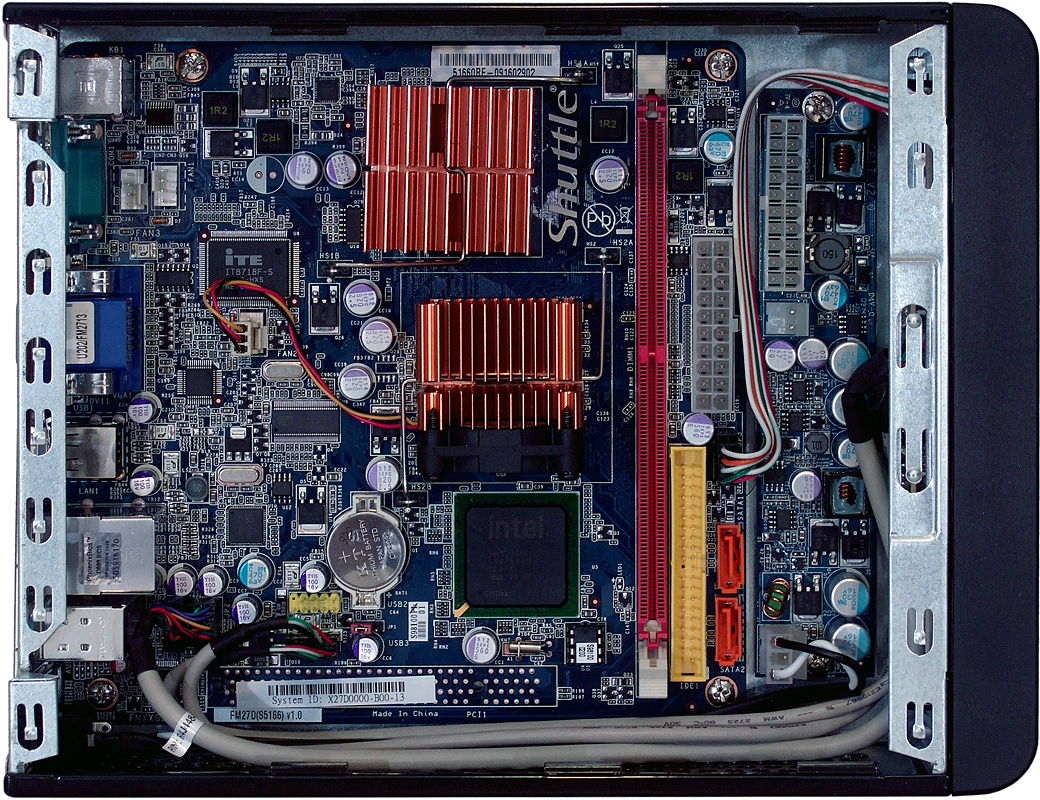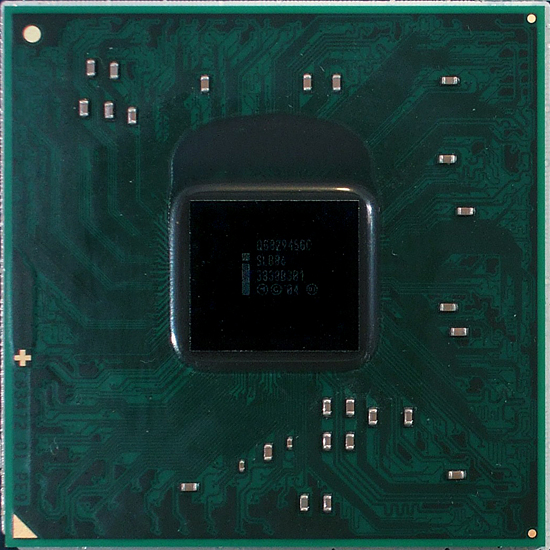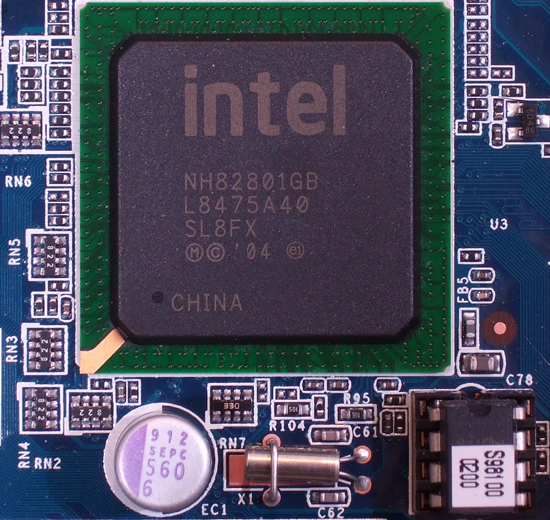Shuttle XS29F: Is VIA's Nano Processor Powerful Enough?
Intel Atom In Action: Shuttle X27D
Shuttle chose the dual-core X27D to represent its compact Intel solution, even though its Atom 330 processor has both higher rated power consumption and the performance advantage of dual cores. This big configuration difference will add significance to our performance-per-watt evaluation.
In spite of its Intel hardware, the X27D uses the same VIA-developed Mini-ITX form factor as the XS27F. The center of the board is a little more crowded with the two-component chipset however, and the inaccessible PCI slot has been eliminated on this retail version. More important than the missing expansion slot is Shuttle’s use of a single memory slot, limiting the system to a maximum 2GB memory via one module.
Also noteworthy is the 40mm low-speed fan, which adds an almost-imperceptible amount of noise to the system. Because it’s inaudible at normal distances in a relatively quiet room, Shuttle can still claim “virtual” silence.
The fun begins with the realization that the Atom 330 processor isn’t the part that requires a fan, as its 8W TDP for two cores seems more efficient than the Nano U1700’s 5W single-core, at least in theory. Instead, the chipset is the power-consuming culprit in most Atom-equipped systems.
In an apparent effort to put cost savings ahead of power savings, Intel specifies the ancient 945GC northbridge, a 22.2 watt part, to handle I/O and video needs. That’s nearly twice the power consumption of the modern GM45. Intel even offers a lower-power 945G in its 6-watt 945GSE, but its much slower graphics clock forced Shuttle to scuttle that option. Supporting only dated GMA 950 graphics and memory at speeds up to DDR2-533, this part is solely responsible for the system’s fan requirement.
Ironically, this is also an area where Intel’s former partnership with ATI could have netted extra performance at decreased power consumption using the Radeon Xpress 1250, had the partnership not been dissolved following ATI’s acquisition.
Making chipset power consumption even worse is the extra 3.3W required for the separate ICH7 southbridge, which adds nearly every other interface except video and memory. The combination of a 22.2W northbridge and 3.3W southbridge is a significant step backwards in efficiency from competing single-component designs, such as the Nvidia GeForce 9400M, which is capable of exceeding the 945GC’s performance while consuming half as much energy.
Get Tom's Hardware's best news and in-depth reviews, straight to your inbox.
Current page: Intel Atom In Action: Shuttle X27D
Prev Page VIA Nano In Action: Shuttle XS29F Next Page Shuttle X-Type Drive Installation



